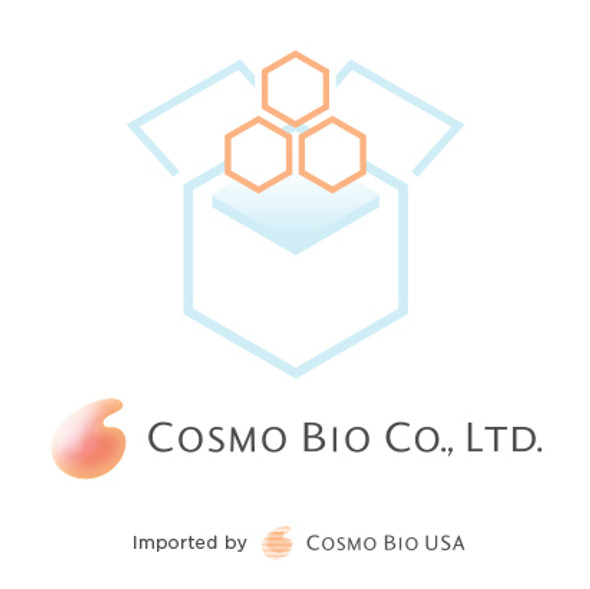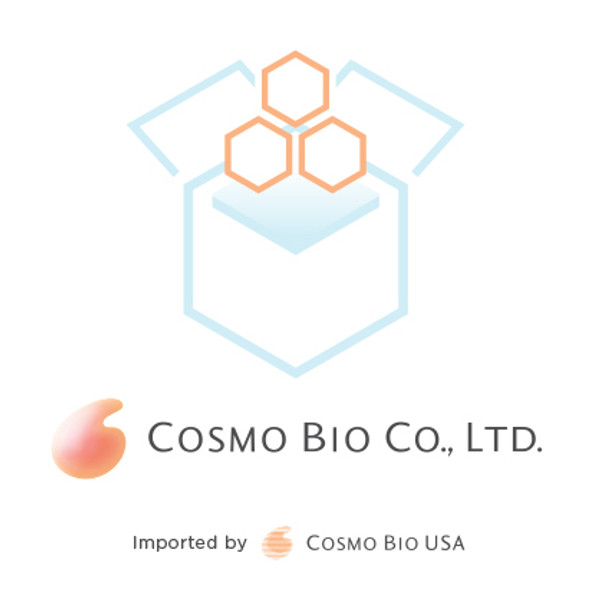Description
Application: FC, IP, ICC, ELISA, IF, WB
Clonality: Monoclonal
Host: Mouse
Purification: IgG
Reactivity: Human Herpesvirus 6
Human herpesvirus 6 (HHV-6) is the common collective name for Human herpesvirus 6A (HHV-6A) and Human herpesvirus 6B (HHV-6B). These closely related viruses are two of the nine herpesviruses known to have humans as their primary host. HHV-6A and HHV-6B are double stranded DNA viruses within the betaherpesvirinae subfamily and of the genus Roseolovirus. HHV-6A and HHV-6B infects almost all of the human populations tested. The overall nucleotide sequence identity between HHV-6A and HHV-6B is 90% and they are now classified as distinct species. HHV-6A has been described as more neurovirulent, and as such is more frequently found in patients with neuroinflammatory diseases such as multiple sclerosis.
HHV-6B primary infection is the cause of the common childhood illness exanthem subitum (also known as roseola infantum or sixth disease). Additionally, HHV-6B reactivation is common in transplant recipients, which can cause several clinical manifestations such as encephalitis, bone marrow suppression and pneumonitis.
gQ1 encoded by the U100 gene of HHV6 is glycoprotein, complexes with gH, gL and gQ2 to form HHV6A ligand to CD46 receptor and HHV6B ligand to CD134 receptor. It is expressed in two different forms: an 80-kDa form (gQ1-80K) and a 74-kDa form (gQ1-74K) - only gQ1-80K, but not gQ1-74K, forms the ligand complex with gQ2, gH, and gL. It associates with lipid rafts. Application: 1) Western blotting (1/500~1/1,000 dilution)
2) Immunoprecipitation (assay dependent)
3) Imunofluorescence staining and Immunocytochemistry (1/100~1/3,200 dilution)
4) Flow Cytometry (1/100)
5) ELISA (assay dependent)
View AllClose
Clonality: Monoclonal
Host: Mouse
Purification: IgG
Reactivity: Human Herpesvirus 6
Human herpesvirus 6 (HHV-6) is the common collective name for Human herpesvirus 6A (HHV-6A) and Human herpesvirus 6B (HHV-6B). These closely related viruses are two of the nine herpesviruses known to have humans as their primary host. HHV-6A and HHV-6B are double stranded DNA viruses within the betaherpesvirinae subfamily and of the genus Roseolovirus. HHV-6A and HHV-6B infects almost all of the human populations tested. The overall nucleotide sequence identity between HHV-6A and HHV-6B is 90% and they are now classified as distinct species. HHV-6A has been described as more neurovirulent, and as such is more frequently found in patients with neuroinflammatory diseases such as multiple sclerosis.
HHV-6B primary infection is the cause of the common childhood illness exanthem subitum (also known as roseola infantum or sixth disease). Additionally, HHV-6B reactivation is common in transplant recipients, which can cause several clinical manifestations such as encephalitis, bone marrow suppression and pneumonitis.
gQ1 encoded by the U100 gene of HHV6 is glycoprotein, complexes with gH, gL and gQ2 to form HHV6A ligand to CD46 receptor and HHV6B ligand to CD134 receptor. It is expressed in two different forms: an 80-kDa form (gQ1-80K) and a 74-kDa form (gQ1-74K) - only gQ1-80K, but not gQ1-74K, forms the ligand complex with gQ2, gH, and gL. It associates with lipid rafts. Application: 1) Western blotting (1/500~1/1,000 dilution)
2) Immunoprecipitation (assay dependent)
3) Imunofluorescence staining and Immunocytochemistry (1/100~1/3,200 dilution)
4) Flow Cytometry (1/100)
5) ELISA (assay dependent)






